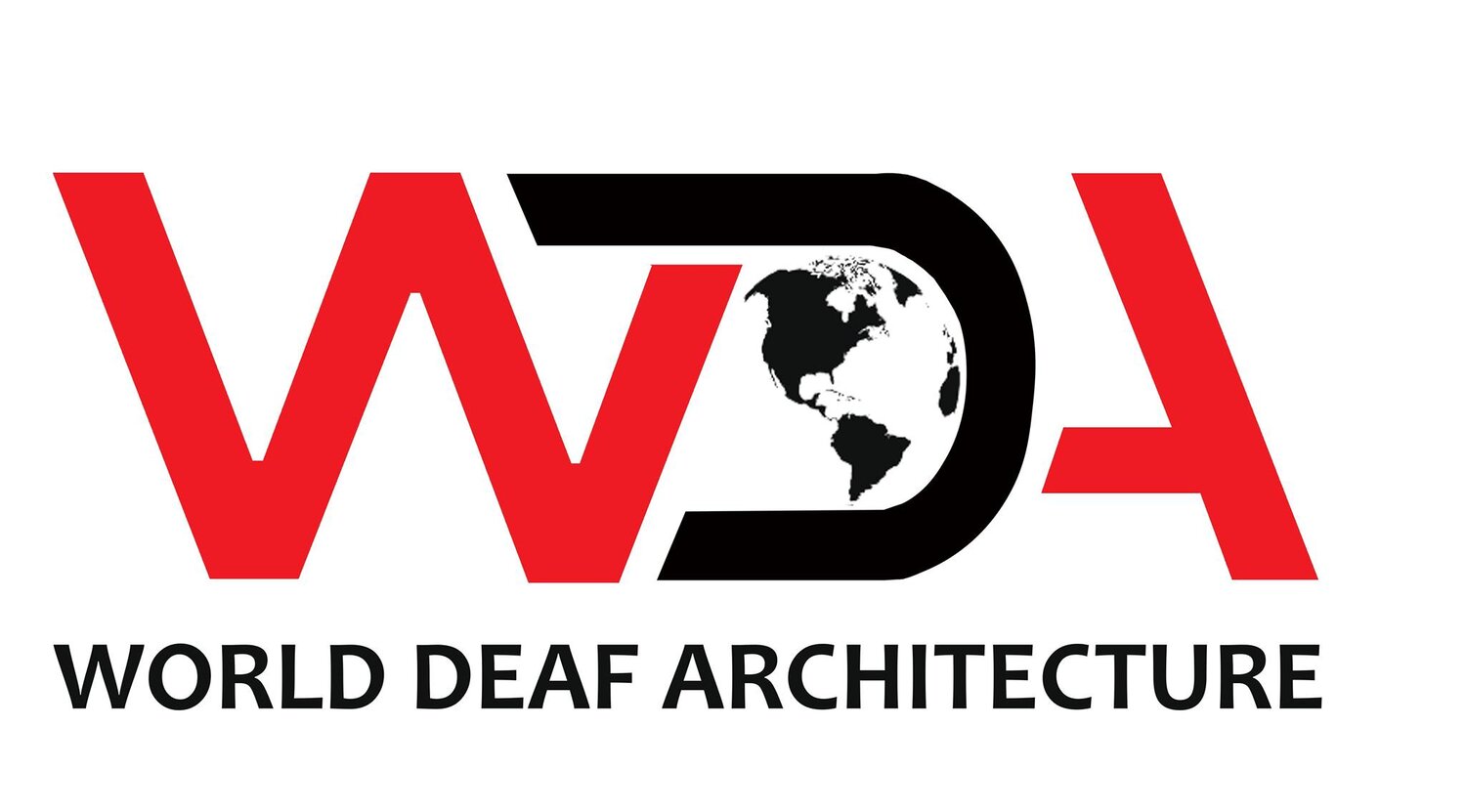FROM THE EDITORS
The best lesson we learned from the pandemic is…
The best lesson we – the deaf, hard of hearing, deaf-blind and hearing architects and designers – learned from the pandemic is that the deaf community has a considerably different experience of going to the hospital and face new barriers to healthcare access..
While hospitals are more accessible today in terms of architectural and spatial organization due to the Americans with Disabilities Act (ADA) of 1990, current building codes do not address the full breadth of accessible design criteria for users with hearing loss – i.e., “deaf architecture”. Moreover, it is uncertain whether healthcare policies and procedures can provide quality in care to the 15% of Americans living with hearing loss.
During this pandemic, as hospitals struggle to keep up with increasing number of COVID-19 patients, people with hearing loss are among the underserved disability groups. While they require special accommodations to communicate their medical needs, such services are commonly unavailable. These include: in-person sign language interpreters, video remote interpreting (VRI), lip-reading, written communications, hand-held amplification devices, captioning or communication access realtime translation (CART), and speech-to-text apps.
In addition, deaf and hard of hearing patients must overcome the unintended consequences of wearing face coverings and gloves and communicating from behind window screens and/or curtains. These protective barriers interfere with the facial expressions, vocal sounds and hand gestures that people with hearing loss depend on to communicate, which can create a very frustrating patient experience.
When preparing for doctor visit’s, we would like to remind the deaf community that you have the right to bring your own communication devices to doctor’s visits. For example:
1. Signage. Print out a page saying he/she is deaf, hard of hearing, or Deaf-Blind and need hospital staff to communicate with them differently.
2. Smartphone. If he/she has a smartphone, load the apps they need to communicate, and bring their own smartphone with them.
3. Writing Tools. If he/she does not have a smartphone, bring or ask hospital staff for something to write on and pens or markers.
4. Emergency Kit. Bring an emergency bag with items he/she needs to communicate. Label the bag and items with their name. Leave space on the label to add their hospital room number.
5. Ethics Consultation. If the hospital staff refuses to talk with deaf/hard of hearing patient or respect their wishes, demand an “ethics consultation”. Deaf/hard of hearing can also contact nation legal advices for the deaf.
We conclude by raising awareness of the new challenges for the care of deaf patients and urge healthcare facilities to direct focus on the health and wellness program. It is a critical time to advocate for features such as floating captioning, live transcribing, and wearing of clear face masks not only as a first step to improve the deaf patient experience but also to bridge the gaps in communication between doctor-and-patient during this pandemic. We believe architects and universal designers will be key players in improving the patient experience for inclusion and diversity, which when done skillfully can help solve the deaf problem along the way.
Sincerely,
Robert Nichols, Assoc. AIA, Executive Director
Karen Kim, MSIE, MArch, Co-Editor
